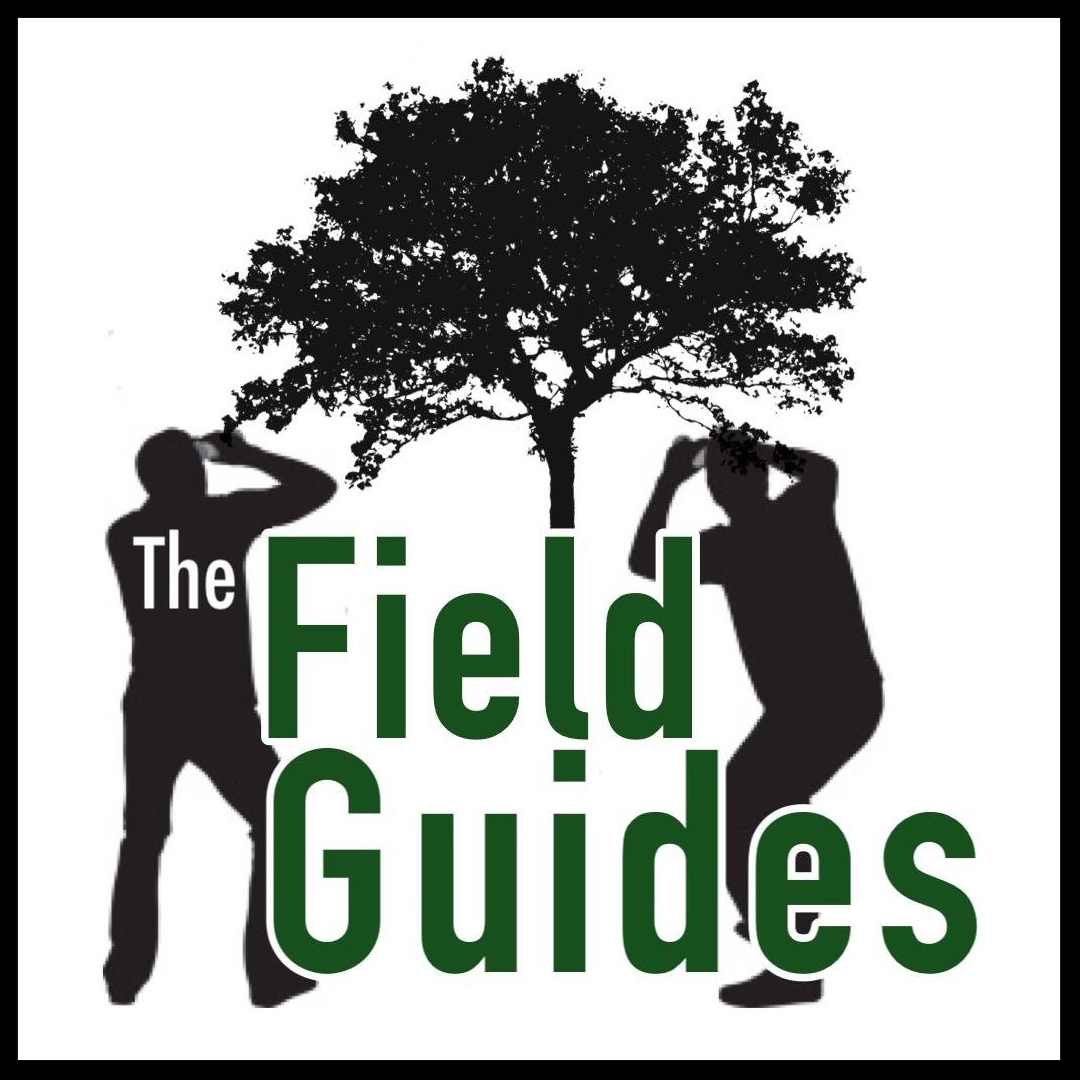This month, Steve and Bill present part 2 of their episode on coyotes, focusing on the questions, “How big of a threat to livestock are coyotes?” and, “Is the coyote in the east a new species?”
Episode Notes
When Steve and Bill were discussing human fatalities due to coyotes vs human fatalities due to dogs, Steve wondered how many coyotes were in the US versus dogs, which is a logical and important question to ask when comparing the relative risk of a fatal attack. According to one source, there were 89.7 million dogs in the US in 2017, but, while we could find estimates for a few states, we could not find a specific number for coyotes anywhere online - neither for the number of coyotes in the US, nor the number in North America. For now, Steve’s question is left unanswered.
Pileated woodpecker or flicker? The guys heard a call and wondered if it was a pileated woodpecker (Dryocopus pileatus) or a northern flicker (Colaptes auratus). They remembered that the two species share a similar-sounding call, and that one of them had a longer call. But they couldn’t remember which was which! Turns out, it’s the northern flicker that has the longer call. Click on each bird’s name above to listen to and compare their calls.
During the episode, Steve wondered about the cost-effectiveness of non-lethal control of coyotes versus lethal control. For ranchers with a slim profit margin, is non-lethal control a feasible option? Post-recording, Bill looked into the question and quickly realized that it is not a simple answer. So many factors are at play (size of the herd, type of livestock, geography, methods used, coyote density, etc.) that it seems nearly impossible to give a definitive answer, beyond saying that, in some cases, non lethal control is more cost effective. In other cases, it’s not. And in some cases, it’s about even. Not a very satisfying answer, we know.
Links:
Sponsorship of this episode provided by Gumleaf Boots, USA
Free shipping offer code for Patreon supporters: TFG2019
Support The Field Guides through Patreon!
As always, check out Always Wandering Art (Website and Etsy Shop), who usually provides the artwork for our episodes!
Work Cited:
Bekoff, M. and Wells, M.C., 1980. The social ecology of coyotes. Scientific American, 242(4), pp.130-151.
Bragina, E.V., Kays, R., Hody, A., Moorman, C.E., Deperno, C.S. and Mills, L.S., 2019. Effects on white‐tailed deer following eastern coyote colonization. The Journal of Wildlife Management, 83(4), pp.916-924.
Forrester, J.A., Weiser, T.G. and Forrester, J.D., 2018. An update on fatalities due to venomous and nonvenomous animals in the United States (2008–2015). Wilderness & environmental medicine, 29(1), pp.36-44.
Gese, E., 2005. Demographic and spatial responses of coyotes to changes in food and exploitation.
Henke, S.E. and Bryant, F.C., 1994. Coyote condition and reproduction in response to a reduction in population density. Texas Journal of Agriculture and Natural Resources, 7, pp.23-34.
Henke, S.E., Pence, D.B. and Bryant, F.C., 2002. Effect of short-term coyote removal on populations of coyote helminths. Journal of wildlife diseases, 38(1), pp.54-67.
Hody, J.W. and Kays, R., 2018. Mapping the expansion of coyotes (Canis latrans) across North and Central America. ZooKeys, (759), p.81.
Keys, Roland, 2015, Yes, eastern coyotes are hybrids, but the ‘coywolf’ is not a thing, viewed 15 January 2020, < https://theconversation.com/yes-eastern-coyotes-are-hybrids-but-the-coywolf-is-not-a-thing-50368>.
Mastro, L.L., Gese, E.M., Young, J.K. and Shivik, J.A., 2012. What do we know? A literature review of the eastern coyote.
National Park Service, 2019. Species Spotlight: Eastern Coyote, viewed 24 March 2020, <https://irma.nps.gov/Datastore/DownloadFile/630170>
New York State Department of Environmental Conservation, undated, Watchable Wildlife: Eastern Coyote, viewed 24 March 2020, <https://www.dec.ny.gov/animals/9359.html>.
Robinson, K.F., Diefenbach, D.R., Fuller, A.K., Hurst, J.E. and Rosenberry, C.S., 2014. Can managers compensate for coyote predation of white‐tailed deer?. The Journal of Wildlife Management, 78(4), pp.571-579.
Rutherford, S., 2018. The Anthropocene’s animal? Coywolves as feral cotravelers. Environment and Planning E: Nature and Space, 1(1-2), pp.206-223.
Way, J.G. and Lynn, W.S., 2016. Northeastern coyote/coywolf taxonomy and admixture: A meta-analysis. Canid Biology & Conservation, 19(1), pp.1-7.
Way, Jonathan G., 2016, Why the eastern coyote should be a separate species: ‘the coywolf’, viewed 15 March 2020, <https://theconversation.com/why-the-eastern-coyote-should-be-a-separate-species-the-coywolf-59214>.
